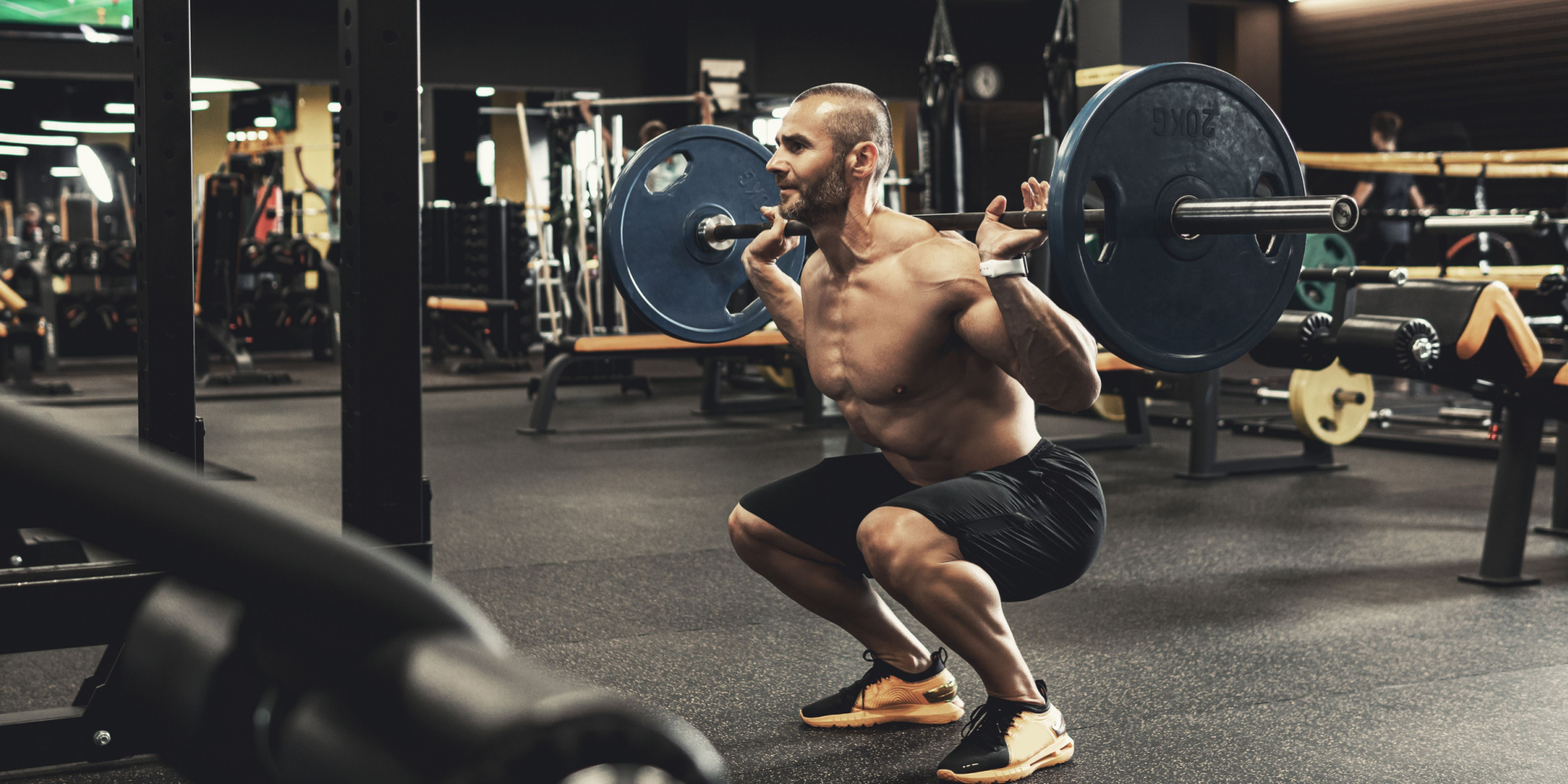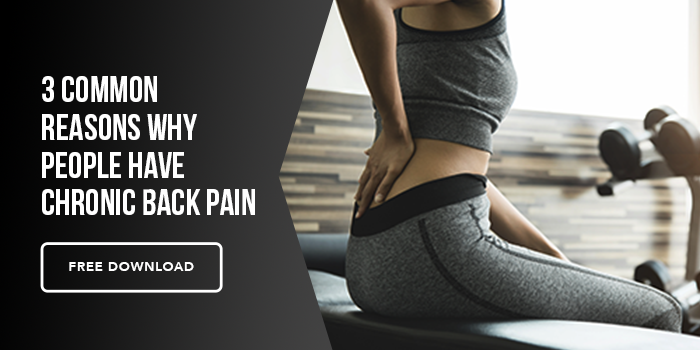Chronic back pain can be so debilitating, and to the point where even just the thought of exercise can make you cringe. The only thing that seems to alleviate the pain is a heat pad, light stretching, and the ear of a loved one who will listen to your struggles–it’s appreciated
Every situation is different, and remedies and exercise recommendations can vary from person to person, but in general, movement can usually help someone suffering from chronic pain. Again, it all depends on many factors, like if there is a recent injury or health ailment to consider, but it’s been shown that intentional movement can improve back pain symptoms.
The idea of squats, however, can seem a little intimidating. We tend to associate squats with heavy lifting and barbells, and although that is one way to go with squat training, there are other ways we can practice squats and get stronger–even with back pain.
Squats are one of those exercises that is universally accepted in the fitness industry as a staple to almost any exercise regimen. The movement pattern required to complete squats entails recruitment of multiple muscles, including the quads, hamstrings, glutes, core, and in some cases, the upper body. All of these muscle fibers need to be firing efficiently to produce a smooth squat, with proper form. Squats are not just a great exercise to do in the gym; it’s a movement that is naturally a part of every day activities, from reaching down to pick up your kids, to shelving items and tidying up the house. Getting these muscles working during your squats means you’ll get stronger, which means your body will work more efficiently, and doesn’t tire out as easily–and also fewer aches and pains.
When the muscle groups involved in a squat get stronger, that means there is less emphasis on the back or core keeping you stable during activities. Weakness in the glutes when you walk, squat, run, etc., usually indicates less stability overall; in this case, something else needs to work harder to maintain what little stability you have because of underactive glutes–and usually that's the core or back. Which reminds me–squats are great for growing a stronger butt!
Now, does this mean you should dive right into a barbell squat? If you don’t have a lot of lifting experience, probably not. Even though the squat should be a natural movement, it doesn’t always feel that way, especially if they are not mechanically sound.
Body weight squats should absolutely be one of the first steps you should take to practice and perfect the squat. Building a strong foundation now will only set you up for success later on with heavier lifts. Besides a body weight squat, there are other variations that even a beginner can try, including those with back pain.
If you go to :22 of this video, you can watch a demonstration on how to do a stability ball squat, the right way. And the beginning of this video goes over how to do a squat with one dumbbell, and how the dumbbell can help with maintaining proper form. Enhancing the strength of the muscles involved in a squat will likely result in less back pain–when form is done well.
Based on my observations, a lot of people who have back pain tend to be great hingers. What I mean is that they have the ability to hinge the hips while maintaining a neutral spine, which is ideal for deadlifts. Especially for the average person who isn’t training with a belt, it is super important to maintain a solid core during deadlifts, which will only help strengthen your back in the long run. So if you want another lower body option, and you’re still mindful of lower back pain, deadlifts are another great exercise you can try. Of course, keep in mind the intensity of the movement, and how it is being programmed.
I would also give MAPS Prime Pro a try, to help identify imbalances and improve function.






